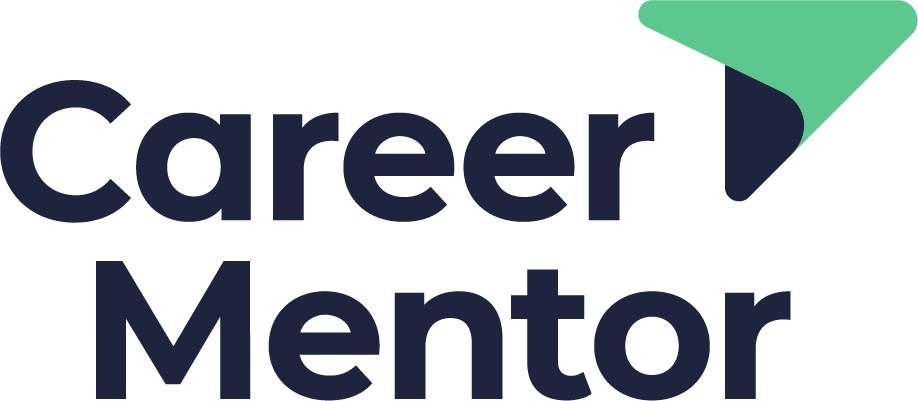7 CV mistakes that all Financial Services professionals should avoid
Do a search on Google or YouTube about how to write a CV, and you’ll see any amount of advice, some of which is conflicting. Finding the best solution to your CV-related problems is not always straightforward, especially if you’re under time-pressure to send it to a recruiter or hiring manager. In this short read, we’ll go through 7 mistakes that should be avoided to ensure your CV is ready to go at the drop of a hat.
It’s important to bear in mind that we want to achieve two key things with your CV: readability and a close match with the job that you’re applying for. Both should underpin any edits or updates you make to your CV.
Let’s get into it.
Avoid columns and other fancy layouts. Now, these may differentiate your CV from the others when a human sees it but the ATS (Applicant Tracking Systems) don’t like them at all. We want your online application to get through the algorithms and therefore make it easy for the ATS to handle. True, those layouts that sometimes include the use of colour, which are recommended by some ‘templates’ that you can download online, can be good to look at, but I’d offer that is not the style to use in Financial Services.
Avoid photographs. It’s certainly the practice in some countries to include a photo of oneself on a CV. However, if you’re applying for a job in the UK, don’t include a photograph. Rest assured that the reader will look you up on LinkedIn if they’re interested in you as a candidate and will be able to see your photo there.
Avoid presenting information in too sparse or too cramped a manner. The layout and ‘look’ on the page is important to get right. Information needs to be clearly laid out on the page - it should look full, with not too much ‘white space’. Equally, it doesn’t want to look crammed and pinched, with a tiny font and overly narrow margins. Keep to standard margins and size 11 ft in a readable typeface, such as Times New Roman, Arial or Calibri. There are other ways to squeeze everything down to one page - reducing line spacing, for example.
Avoid using awkward and clunky grammar, and incorrect spelling. Using short sentences and avoiding multiple clauses will make your CV easier to read. The reader will be better able to grasp the essential information that you want to get across. Again, we want to ensure the CV is easy to digest and that the value you bring is clearly conveyed, not hampered by a verbose writing style.
Avoid the overuse of acronyms. Jargon is commonly used in Financial Services and is a great linguistic shortcut. However, we suggest that you avoid over using jargon, acronyms and abbreviations - certainly don’t use any that are only used in your current firm. The reader won’t necessarily understand it and it can make your CV less readable.
Avoid using one CV for everything. This is the key takeaway. Your CV is a, fundamentally, a sales document. It needs to present you as a good match for the role that you are applying for - and that role specifically. Our advice, therefore, is that you have a master copy, that you then edit and refine each and every time that you use it for a specific application. Ensure that you have a good ‘word match’ with the job specification if there is one, as well as matching their tone and style where possible.
Avoid irrelevant and outdated information. The goal is to ensure that your CV is on point and highly relevant. It should convey a well-crafted message where (almost) everything on your CV speaks to the role you seek. Your career history shows the journey that has led you to being a highly attractive candidate for this role and your current job is a great match too. Some of your qualifications may seem out of date and of no value to the employer - if that’s the case, omit them, along with any job roles that are 20 years or older.
—
If you’re looking to update your CV, we have both an online course to guide you through the key steps to go through. Click here to find out more or here to download our eBook.
